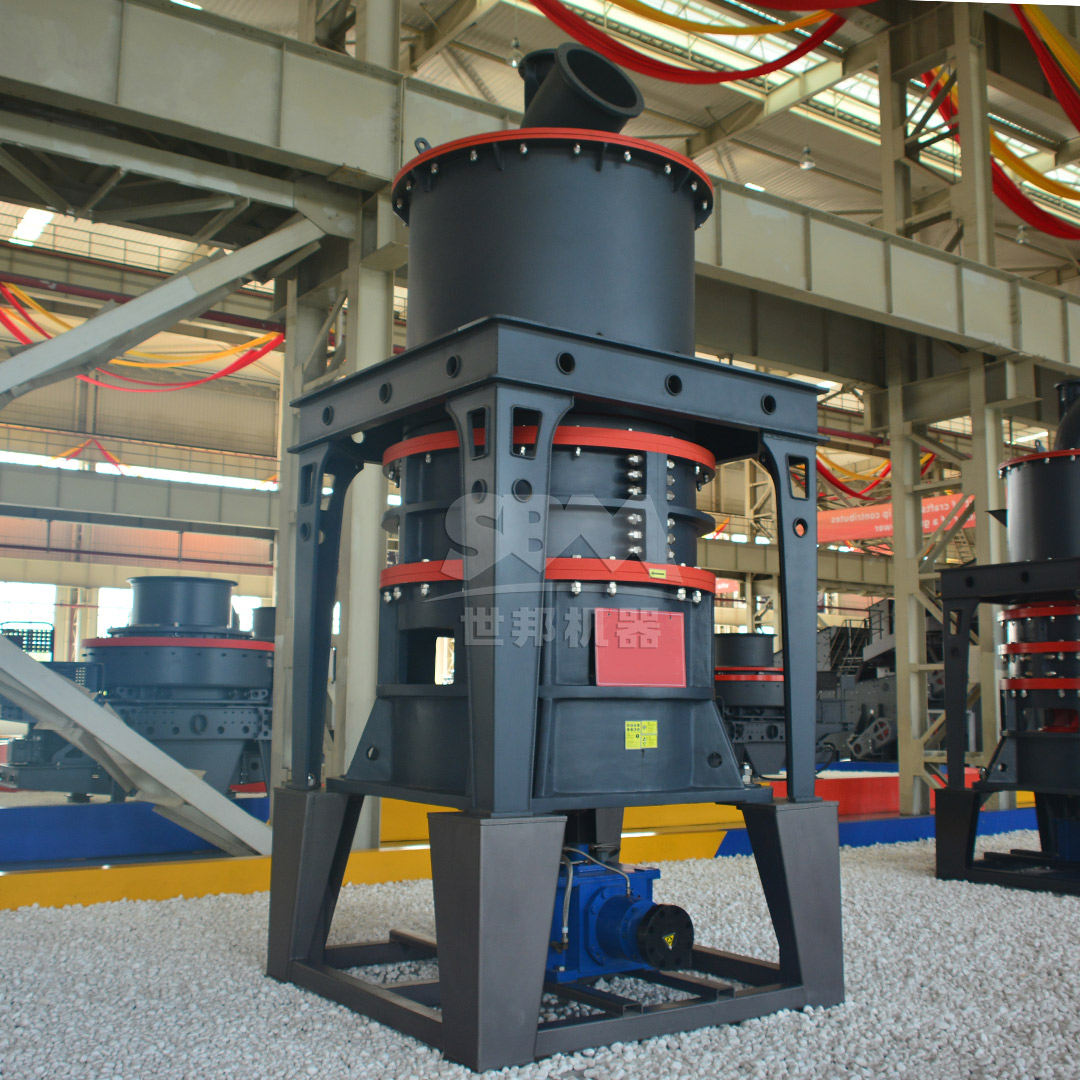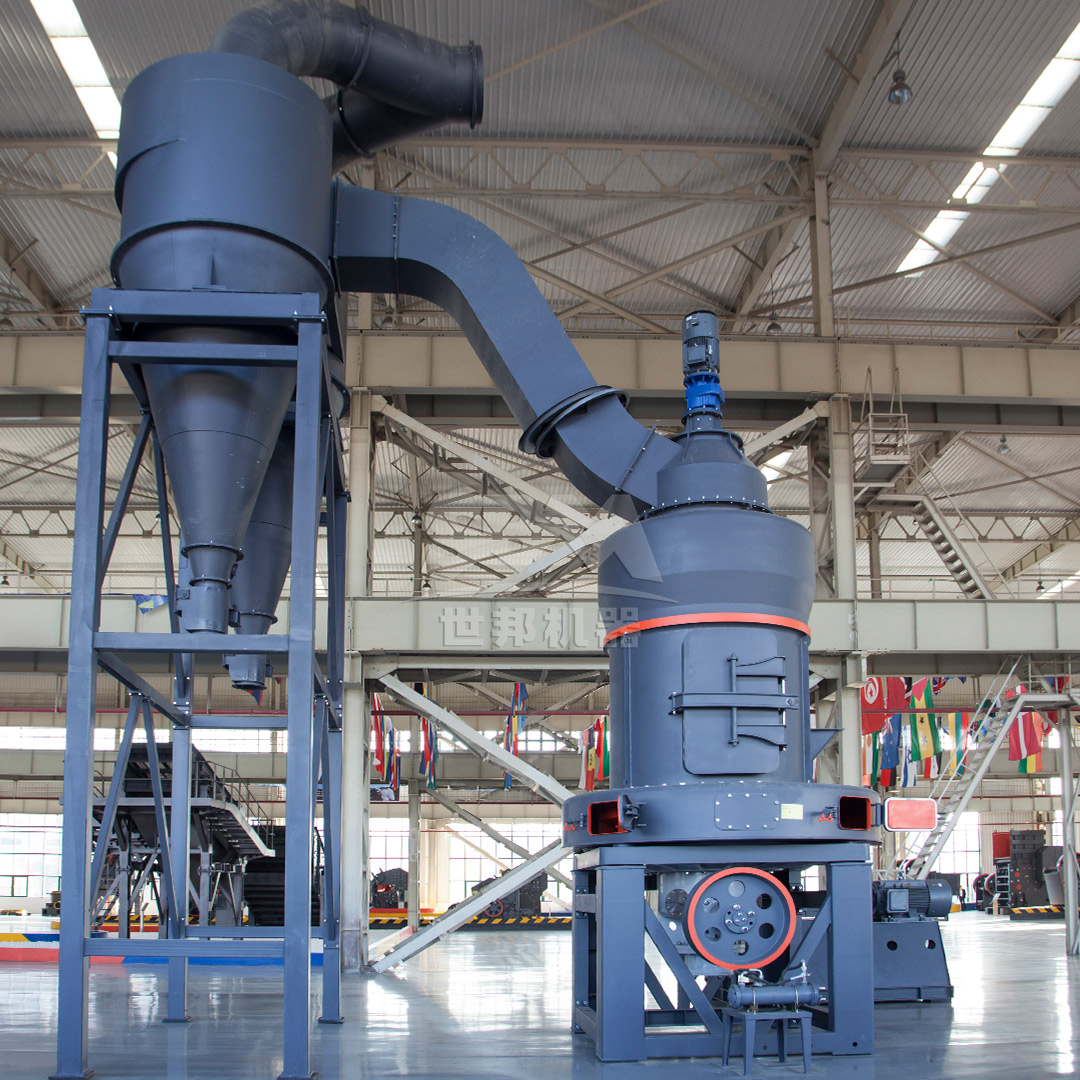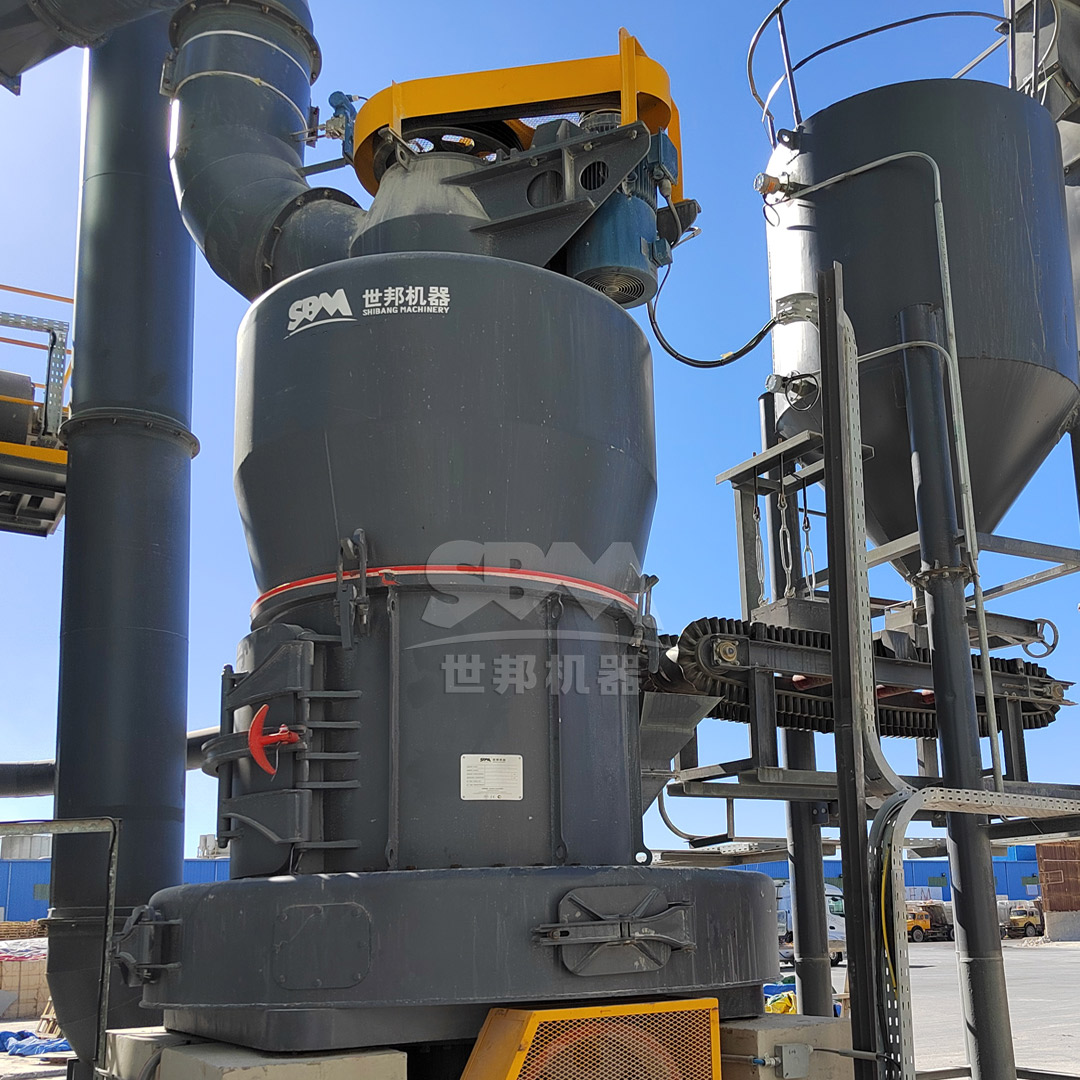In the power generation industry, optimizing combustion efficiency is paramount to reducing operational costs and minimizing environmental impact. The heart of this optimization lies in the coal pulverization process, where the selection of the right pulverizer can significantly influence the efficiency of steam boilers. This article delves into the critical factors involved in choosing an appropriate coal pulverizer, with a focus on technical specifications, operational advantages, and how our company’s products, such as the SCM Ultrafine Mill and MTW Series Trapezium Mill, can meet these demanding requirements.
Coal pulverization is a crucial step in the combustion process within power plant steam boilers. The fineness of coal powder directly affects the combustion efficiency, as finer particles ensure more complete burning, leading to higher heat release and reduced unburned carbon. This, in turn, enhances the overall thermal efficiency of the boiler, lowers emissions, and reduces fuel consumption. Therefore, selecting a pulverizer that can consistently produce coal powder with the desired fineness and uniformity is essential for optimal boiler performance.
| Parameter | Ideal Range | Impact on Combustion |
|---|---|---|
| Particle Size (D97) | 45-75μm | Finer particles improve burn-out rates |
| Uniformity | High | Reduces slagging and fouling |
| Moisture Content | <1% | Minimizes heat loss |
When selecting a coal pulverizer, several factors must be considered to ensure it meets the specific needs of a power plant. These include the input coal size, desired output fineness, processing capacity, energy consumption, maintenance requirements, and environmental compliance. The pulverizer must handle the coal’s hardness and moisture content while operating reliably under continuous high-load conditions. Additionally, advancements in pulverizer technology, such as intelligent control systems and durable design components, play a vital role in enhancing efficiency and reducing downtime.
For power plants seeking superior pulverization performance, our SCM Ultrafine Mill stands out as an excellent choice. This mill is designed to handle coal with an input size of up to 20mm and produce output fineness ranging from 325 to 2500 mesh (D97 ≤5μm), making it ideal for achieving the fine coal powder required for efficient combustion. With a processing capacity of 0.5 to 25 tons per hour depending on the model, it caters to various plant sizes.

The technical advantages of the SCM Ultrafine Mill include its high energy efficiency, offering twice the capacity of jet mills while reducing energy consumption by 30%. Its intelligent control system automatically adjusts to maintain consistent product fineness, and the vertical turbine classifier ensures precise particle size cut-off without coarse powder contamination. The mill’s durable design features special material rollers and grinding rings that extend service life, and its environmentally friendly operation includes pulse dust removal exceeding international standards and noise levels below 75dB.
The SCM Ultrafine Mill operates through a main motor driving three layers of grinding rings to rotate. Coal is fed into the mill and dispersed by centrifugal force into the grinding path, where it is pressed and crushed by rollers. The material undergoes layered grinding, and the final powder is collected via a cyclone collector and pulse dust removal system. This process ensures high efficiency and uniform output, critical for boiler combustion.
For larger-scale operations, our MTW Series Trapezium Mill is highly recommended. It accepts coal up to 50mm in size and delivers output fineness from 30 to 325 mesh (down to 0.038mm), with a processing capacity of 3 to 45 tons per hour. This mill is engineered for robustness and efficiency, featuring anti-wear shovel blades, an optimized curved air duct for reduced energy loss, and an integral gear drive with 98% transmission efficiency.

The MTW mill’s advantages include lower maintenance costs due to its combined shovel design, extended roller life from curved surfaces, and reduced operational costs from its wear-resistant volute structure. It operates by having the main motor drive磨辊 to revolve around the central axis while rotating themselves, creating centrifugal force. Shovels throw the coal into the space between the grinding ring and rollers for efficient crushing, with a grading system controlling the final particle size accurately.
When comparing the SCM Ultrafine Mill and MTW Series Trapezium Mill, the choice depends on specific plant requirements. The SCM mill excels in producing ultra-fine powder for high-efficiency combustion in smaller to medium plants, while the MTW mill is suited for larger plants needing higher throughput with slightly coarser output. Both mills offer energy savings, durability, and environmental benefits, but the SCM model is more focused on precision fineness, whereas the MTW emphasizes capacity and robustness.
| Feature | SCM Ultrafine Mill | MTW Trapezium Mill |
|---|---|---|
| Max Input Size | ≤20mm | ≤50mm |
| Output Fineness | 325-2500 mesh | 30-325 mesh |
| Capacity Range | 0.5-25 t/h | 3-45 t/h |
| Energy Saving | 30% lower than jet mills | High transmission efficiency |
Selecting the right coal pulverizer is a critical decision for power plants aiming to optimize combustion efficiency in steam boilers. Factors such as particle size, capacity, energy consumption, and maintenance must be carefully evaluated. Our company’s SCM Ultrafine Mill and MTW Series Trapezium Mill offer advanced solutions tailored to meet these needs, providing high efficiency, reliability, and environmental compliance. By investing in the appropriate pulverizer, plants can achieve significant improvements in boiler performance, reduce operational costs, and contribute to a cleaner environment.
